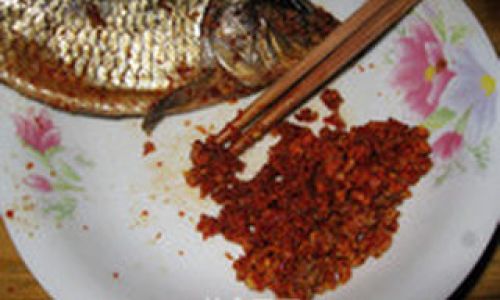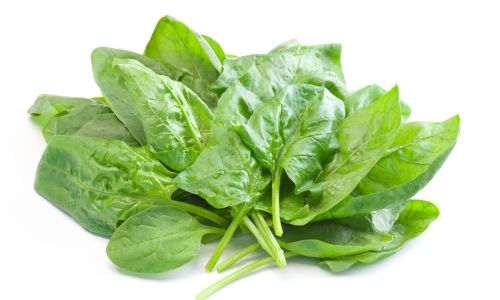Table of content
Introduction
Fish, a staple in countless cuisines worldwide, offers a rich source of protein, essential omega-3 fatty acids, and a myriad of vitamins and minerals. Its versatility allows it to be enjoyed in numerous forms, from fresh and raw in sushi to smoked, grilled, or fried. One ancient and time-honored method of preserving fish is through the process of curing, or pickling, which not only extends its shelf life but also enhances its flavor profile. This article delves into the intricacies of how to properly cure fish, exploring various techniques, ingredients, and considerations to ensure a successful outcome.

Understanding the Basics of Fish Curing
Curing fish involves using salt, sugar, acids, or a combination of these to draw out moisture, inhibit bacterial growth, and preserve the fish. The process can range from simple salting to more complex recipes involving herbs, spices, and other flavorings. The goal is to create an environment that is hostile to harmful microorganisms while enhancing the fish’s taste and texture.
Key Ingredients and Their Roles
- Salt: Acts as a natural preservative by drawing out moisture and creating an osmotic environment that is unfavorable for bacteria.
- Sugar: Adds sweetness and helps balance the saltiness, also aiding in moisture extraction.
- Acids (like vinegar or lemon juice): Lower the pH level, further inhibiting bacterial growth.
- Herbs and Spices: Provide additional layers of flavor and can have antioxidant properties that contribute to preservation.
- Oil: Sometimes used as a protective layer to prevent oxidation and add richness.
Types of Fish Suitable for Curing
Not all fish are equally suited for curing. Oily fish like salmon, mackerel, and sardines tend to hold up well to the curing process, retaining their moisture and flavor. Firmer-textured fish such as cod, halibut, and trout are also good candidates. Soft-fleshed fish may disintegrate during curing unless handled with particular care.
Preparation Before Curing
Before beginning the curing process, it’s crucial to prepare the fish properly.
- Cleaning: Scale and gut the fish, removing any internal organs, bloodlines, and scales thoroughly. Rinse the fish under cold running water to remove any debris.
- Filleting or Whole Fish: Depending on the recipe, you may choose to fillet the fish or cure it whole. Whole fish retain more moisture and flavor but require more space and time for curing.
- Brining (Optional): Some recipes call for a brief soak in a brine solution (salt and water) to start the osmosis process and ensure even salt distribution.
Traditional Curing Methods
Several traditional methods have been used for centuries to cure fish, each with its unique characteristics and flavor outcomes.
Dry Salting
The simplest form of curing, dry salting involves rubbing coarse salt directly onto the fish, either whole or filleted. The fish is then placed in a cool, dry environment for several days to weeks, depending on its size and the desired level of cure. This method results in a firm texture and intense flavor.
Steps:
- Apply a generous layer of coarse salt to all surfaces of the fish.
- Place the fish on a rack or in a tray lined with parchment paper to catch drips.
- Cover with a clean cloth and let it cure in a cool, well-ventilated area.
- Check daily, removing any excess liquid and re-applying salt if necessary.
- Once the fish has reached the desired firmness and flavor, rinse off the salt and pat dry.
Wet Salting (Brining)
Wet salting involves submerging the fish in a brine solution, which can include additional ingredients like sugar, herbs, and spices. This method is faster than dry salting and results in a more moist, tender texture.
Steps:

- Prepare a brine solution by dissolving salt and sugar (optional) in water. The ratio can vary but typically ranges from 2-4% salt by weight of the water.
- Add any desired herbs, spices, or acids to the brine.
- Submerge the fish completely in the brine, ensuring it is fully covered.
- Weight down the fish if necessary to keep it submerged.
- Refrigerate and let cure for 2-7 days, depending on the thickness of the fish and desired cure level.
- Remove the fish from the brine, rinse, and pat dry.
Smoking
Smoking adds an additional layer of flavor and further preserves the fish by reducing moisture content and creating an antibacterial environment. This method often follows an initial curing phase.
Steps:
- Cure the fish using either dry salting or wet salting methods.
- Rinse and pat dry the fish after curing.
- Set up a smoker with a mild wood like oak, apple, or cherry for flavor.
- Preheat the smoker to a low temperature (around 100-150°F or 38-66°C).
- Hang or place the fish in the smoker and let it smoke for several hours to a day, depending on the desired smokiness and texture.
- Remove and let cool before storing.
Fermented Curing (Lactic Acid Fermentation)
This advanced method uses naturally occurring bacteria to produce lactic acid, which preserves the fish while developing complex flavors. It requires careful monitoring to avoid unwanted bacteria.
Steps:
- Clean and fillet the fish, removing bones and skin if desired.
- Apply a light coating of salt.
- Pack the fish tightly in a non-reactive container, ensuring there is minimal headspace.
- Cover with a weight to keep the fish submerged in its own juices as it ferments.
- Place the container in a cool, dark place.
- Check daily, removing any mold that forms on the surface (this is normal on the exterior but should not penetrate the fish).
- Taste-test periodically until the desired flavor and texture are achieved, which can take several days to weeks.
- Once ready, store in a sealed container in the refrigerator.
Safety Considerations
Curing fish at home, especially with fermentation, involves risks of food poisoning from improper handling or insufficient curing. Always follow these safety guidelines:
- Use fresh, high-quality fish.
- Maintain cleanliness throughout the process.
- Use non-reactive containers (glass, ceramic, or stainless steel).
- Store cured fish at appropriate temperatures (refrigerated or smoked).
- Be cautious with fermented fish; if in doubt, discard it.
- Follow recipes closely and do not deviate from recommended curing times and temperatures without understanding the consequences.
Conclusion
Curing fish is an art that combines science with tradition, resulting in delicious, preserved delicacies that can be enjoyed throughout the year. Whether you opt for the simplicity of dry salting, the moist texture of wet salting, the aromatic smoke of smoking, or the complex flavors of fermentation, each method offers a unique way to preserve and elevate the taste of fish. With careful preparation, attention to detail, and a bit of patience, you can create your own cured fish treasures, adding a touch of culinary sophistication to your kitchen. Happy curing!




0 comments